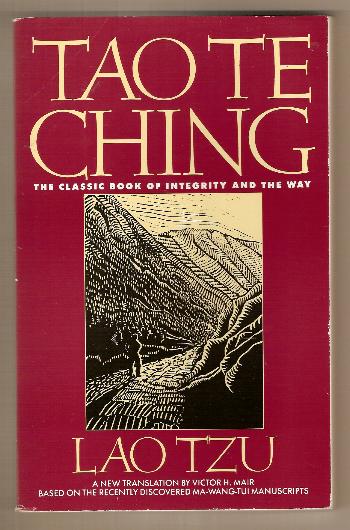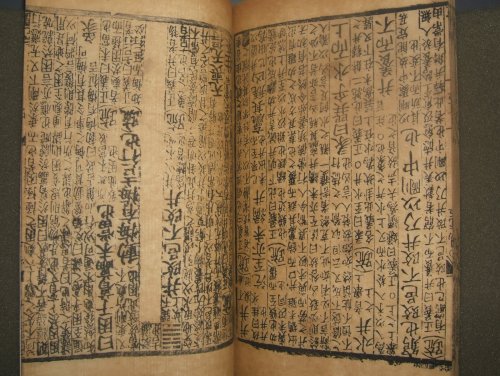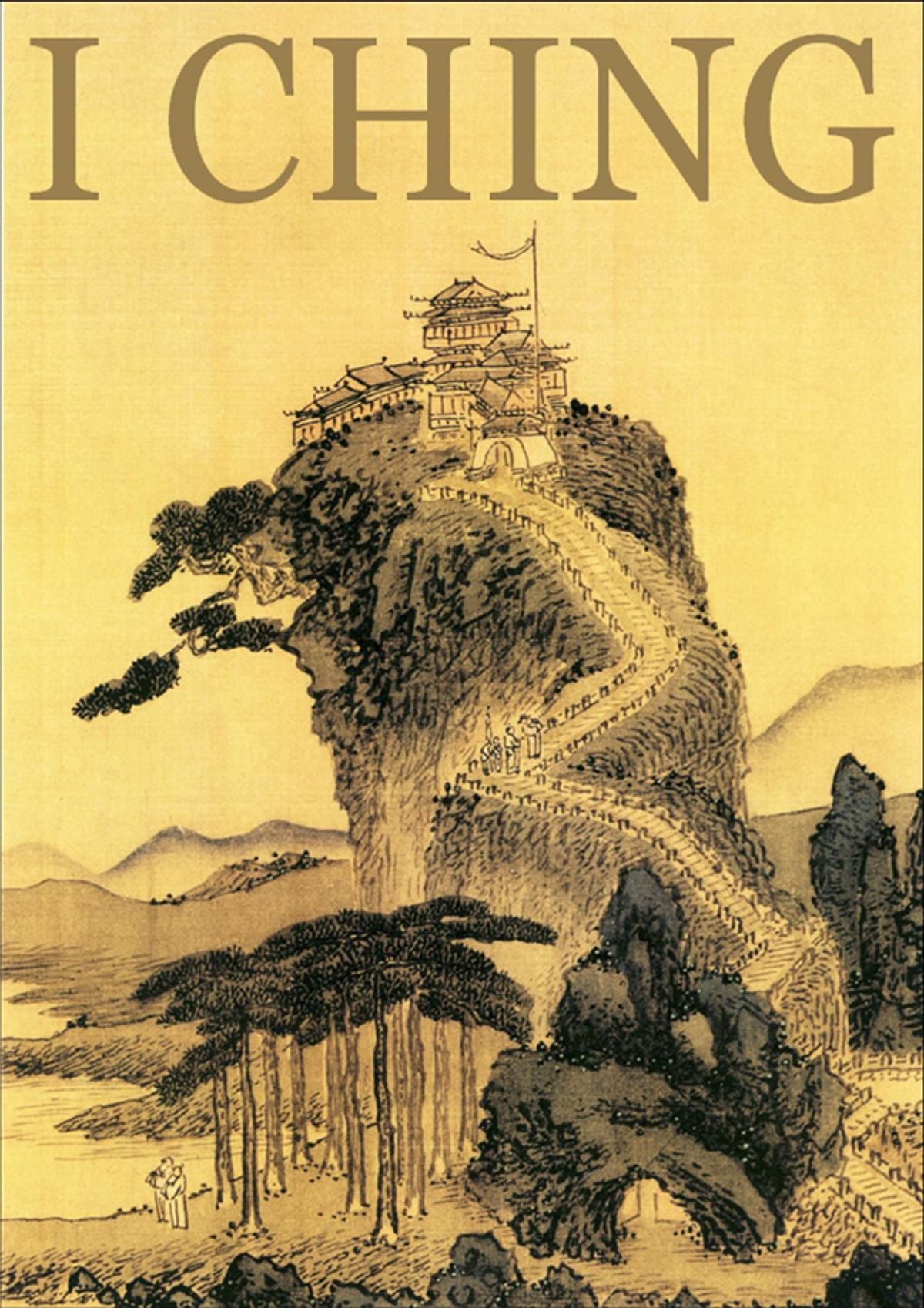
Sometime close to the dawn of recorded history, the main text itself came into being. In this way, the history of Taoism demonstrates how nature moves us powerfully toward regeneration.Just like the Judeo-Christian Bible, there is no certainty as to who actually wrote much of the I Ching. The Tao te Ching is also a compilation of many philosophers and presents a book that cultivates te as one comes to follow the mysterious Way of Tao. Augmented by the many philosophers of ancient China, the I Ching developed as a text that interprets how situations change and evolve. This return to nature philosophy presented a universe that is in constant change. Regardless of where this philosophical text originated, it became a philsophy of change that greatly influenced Taoism. "Without going anywhere, one can see the way of heaven."

Representing the forces of change inherent in the universe, he translated these images into words. Forced to remain in prison by a warring rival, he saw the sixty-four images on the wall of his cell. Other legends describe King Wen, founder of the Chou Dynasty as the author of the sixty-four principles. It was these basic ideas that gave birth to this ancient philosophical text and even Confucius was known to have a well-thumbed copy of this text. On the back of a tortoise shell, he discovered the arrangement of the eight trigrams that defined the order of change in the cosmos. Legend describes how Fu-hsi looked upward to contemplate the images of heaven, and looked downward to contemplate its manifestation on the earth. "The Three emanate to become the many," called the "ten thousand things." Science also describes the interaction of the negatively charged electron and positive nuclei as the building blocks of the many manifestations that we observe. In science we observe a pushing and pulling phenomena in forces although there are really the same thing. "Tao is the One, which emerges as the Two," portrayed in the form of negative Yin and positive Yang. While it is the same hill, there is a natural ebbing and flowing of phenomena that has the effect of changing its appearance. The idea of Yin and Yang literally meant the dark and sunny side of a hill. Four of the eight trigrams appear in each principle, revealing nature in a state of transformation. "As a book, the I Ching is vast and comprehensive: by following the principles of essence and life, understanding the reasons of the obscure and the obvious, and comprehending the conditions of things and beings, it shows the way to enlighten people and accomplish tasks.” Ch’eng I 11th century ADįounded upon the ancient concept of Yin and Yang, and captured in the images of changing lines, each of the sixty four principles is constructed by six variations of either solid (Yang) or broken (Yin) lines. Virtually all of the ancient Chinese philosophers were inspired by its basic principles. Its roots, however, show it to be a profound philosophical work, which had a great influence on Taoism, Confucianism, Buddhism and Zen. Over the centuries, the I Ching evolved as a popular oracle. For they stand in the relationship to cause and effect.” – I Ching The beginning line is difficult to understand. First, take up the words, Ponder their meaning, Then the fixed rules will reveal themselves. Although you have no teacher, approach them like your parents. Without or within, they teach caution, They also show care, and sorrow and their causes. "They move inward and outward according to fixed rhythms. By observing natural forces active in the world, each portrays an evolutionary principle in a way that will allow you to understand life’s pursuit of excellence in human terms.

The I Ching presents a clear outline of a rational and well-ordered universe, offering sixty-four transformative principles as a pathway to empowerment. The variation of eight trigrams generate sixty-four possible hexagrams.

The creation of the eight Pa Kua or trigrams at the root of the sixty-four principles, are ascribed to the legendary Fu-hsi, who ruled during the third millennium BC. It is based on the ancient idea of Yin and Yang and is appreciated by the Confucians and Taoists alike. The Book of Changes, called the I Ching, is one of the world's oldest works of literature.

They cannot be confined within a rule it is only change that is at work here." Flowing through the six empty places rising and sinking without fixed law, Firm and yielding transform each other. Its tao is forever changing alteration, movement without rest. The I Ching Watch: Introduction to the I Ching "Changes is a book from which one may not hold aloof.


 0 kommentar(er)
0 kommentar(er)
